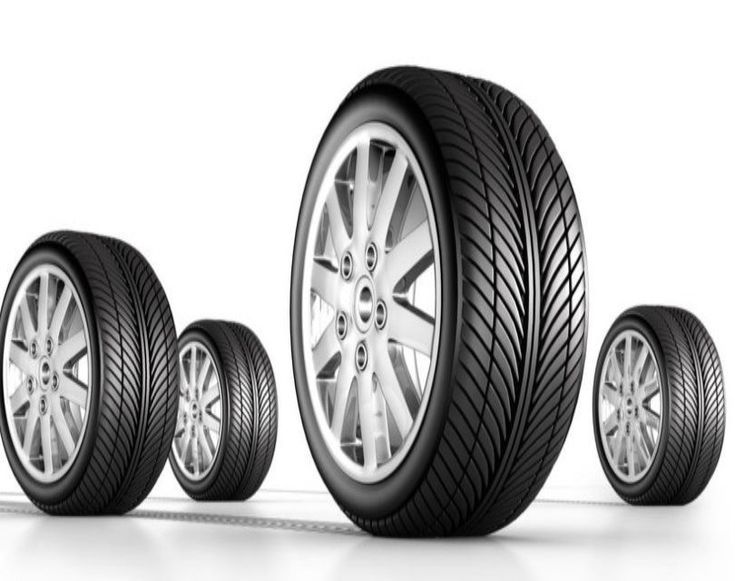
Your tread depth may last several years if you only travel a little annual mileage. Crucially, though, it doesn’t imply that your Pirelli tyres Lichfield are safe for the road.
EXPLAINING TREAD DEPTH
Depth relates to the vertical calculation from the top of the tire’s tread surface to the bottom of the tire’s deepest grooves. These grooves help you acquire the traction you require on slick surfaces like dirt, snow, and ice. The depth of these grooves also gets smaller when your tyres start to wear out, reducing their effectiveness.
Before they are completely worn down, tyres can become unbalanced; if a track has worn down too much, they could become a particular threat.
The tread depth of new tyres typically ranges from 8 to 9 millimetres, with some off-road tyres exceeding 12 millimetres. Producers typically provide data on the new tyre tread depth. However, please be aware that this is not the same as the effective tyre depth. When the depth is between 2.7 and 3mm, tyres get regarded to break down rather than when it reaches zero. Thus, the useful tread depth is often between 5 and 6 mm. For instance, if you begin with a tyre that has a tread depth of 8mm, the actual useful track depth is just about 5mm because as soon as it drops below 3mm, your tyres are almost worn.
WHY IS TREAD DEPTH IMPORTANT?
Today’s majority of car owners are still unfamiliar with the idea of tread depth. Like gas to cars and bicycles, tread depth is to tyres. It is probably one of the most important parts of your tyres that you should regularly examine because it tells you how much further your tyres can go depending on how much depth is available. Additionally, as your depth decreases, tyre performance declines, and the risk of accidents increases.
WHAT OCCURS AS TYRES GET OLDER?
Tyre sidewalls start to crack as they get older. The elastic oxidises under UV light, which causes it to dry out. Tyres contain synthetic materials resistant to oxidation to slow this cycle, although this only seems effective when the tyres are moving. In the unlikely event that your car is inactive for a long period or your tyres get stored, they will degrade more quickly than if they are regularly used.
WHAT VARIATIONS OF TREAD DESIGNS EXIST?
You might have heard the terms “symmetrical” and “directional” when referring to tread designs. What do they, however, genuinely mean?
The Sporty And Secure Directional Tread Designs For Snow
For sporty vehicles that frequently navigate slippery surfaces, directional tyres are excellent.
Due to the unrestricted water stream, these tyres typically have a chevron- or bolt-moulded track layout, which helps quick water drainage. They thus offer greater steering stability and high security against hydroplaning. This kind of track design may get used on all-season tyres and during winter since it is especially suited to streets with snow- or mud-covered terrain.
Directional tyres should get installed as necessary because they get intended to operate in just one turn direction. On their sidewalls, you’ll discover a different arrow.
Symmetrical Tread: Designs Are Pleasant And Economical.
Despite directional tyres, which can only get fit and turned in one direction, symmetric tyres can get turned in either direction since the two parts of the track design are similar. They offer excellent holding and are notably quiet. Their lower moving obstruction decreases fuel consumption and lengthens the tyre lifespan.
Asymmetrical Tread Design: Security In All Weather Conditions
Asymmetric tyres’ main characteristic is that their internal and external shoulders have distinct tread layouts. Each side satisfies a different requirement.
The inner tread sides are responsible for security purposes related to water extraction and hydroplaning. With their solid tread blocks, the external shoulders provide greater parallel stiffness, which increases your grip when turning and driving on dry ground.
The design blocks’ uniform rigidity ensures that there won’t be any inner noise for the tire’s lifetime.
It’s crucial to guarantee proper fitment while using asymmetrical tyres. The term “Outside” must always be facing the outside of the car.
The lifespan of tyres Sutton Coldfield gets influenced by various factors in addition to age. Kerbstones, corrosion, running into things, or improper vehicle setup are a few factors. You can take some steps as the owner of your car to extend the lifetime of the tyres.
